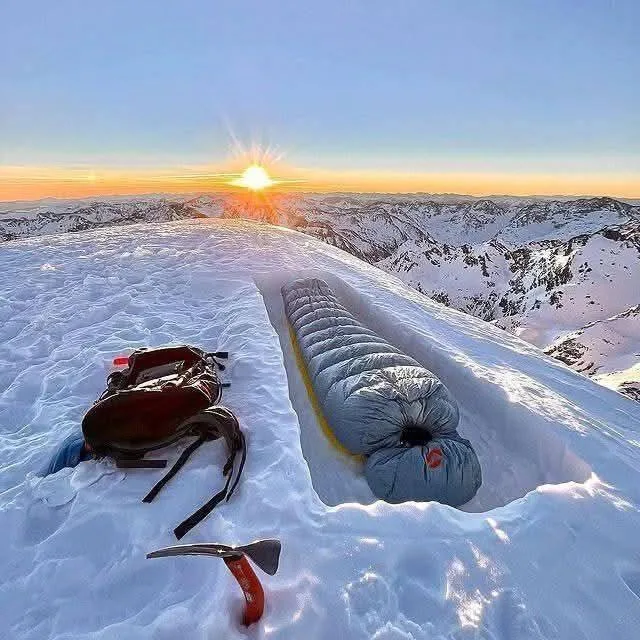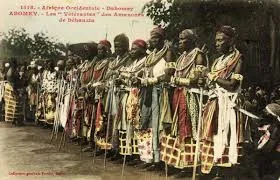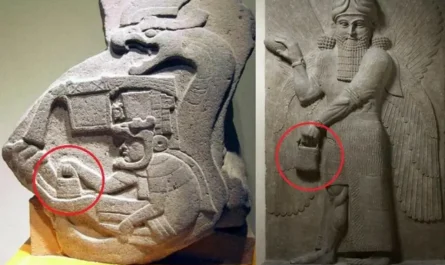Picture a lone mountaineer, pausing midway on the treacherous slopes of Mount Everest, catching their breath in the thin, icy air. The world’s tallest peak, known as Sagarmatha to the Nepali and Qomolangma to the Tibetan people, looms above at 8,848.86 meters (29,031 feet), its summit straddling the China-Nepal border. For those who dare to climb it, Everest is both a dream and a deadly gamble. In 2024, nine lives were claimed by the mountain, including that of Kenyan mountaineer Joshua Cheruiyot Kirui, who sought to become the first African to summit without supplemental oxygen. Their stories, and the staggering 340 deaths recorded since tracking began, remind us of the profound risks—and the privilege—of chasing such a perilous adventure.

The Allure and the Price
Mount Everest, located in the Mahalangur Himal sub-range of the Himalayas, is the ultimate test of human endurance. Its allure draws hundreds each year, driven by the chance to stand atop the world. But the cost is steep—not just in lives, but in resources. As one observer wryly noted, “Poverty has saved many lives! If you don’t have money, you cannot afford to do these ridiculously crazy adventures!” Climbing Everest requires tens of thousands of dollars for permits, gear, guides, and logistics, making it a pursuit largely reserved for those with significant financial means. This economic barrier underscores a stark reality: the dream of Everest is inaccessible to most, yet even wealth cannot shield climbers from its dangers.
In 2024, the mountain claimed nine lives, a grim toll that follows 18 deaths in 2023, one of the deadliest seasons on record. Since the first recorded ascents, over 340 people have perished on Everest, their bodies often left behind due to the extreme risks and costs of retrieval—estimated at $190,000 and requiring teams of eight or more. The mountain’s “death zone,” above 8,000 meters, where oxygen levels drop to less than 40%, tests the limits of human survival. High-altitude cerebral edema, avalanches, icefalls, and sheer exhaustion claim even the most prepared.
The Tragic Quest of Joshua Cheruiyot Kirui
Among the fallen in 2024 was Joshua Cheruiyot Kirui, a 40-year-old Kenyan banker and seasoned mountaineer. Kirui was on a daring mission to become the first African to summit Everest without supplemental oxygen—a feat achieved by fewer than 2% of climbers. Accompanied by his Nepali guide, Nawang Sherpa, Kirui began his summit push from Camp IV at the South Col on May 22, 2024. He had prepared meticulously, carrying medications for high-altitude illnesses and relying on Sherpa’s emergency oxygen bottle as a precaution. In his final Instagram post, he wrote, “A no-oxygen attempt comes with its special preparations and risks, physically my body is ready… it’s now the moment of truth.”
Tragically, Kirui’s body was found just 48 meters below the summit, having fallen into a crevasse. Nawang Sherpa remains missing. Kirui’s family, citing the extreme risks to rescuers, made the heart-wrenching decision to leave his body on the mountain, where nearly 200 of the 330 recorded fatalities remain. His climb, closely followed in Kenya, was a testament to his audacious spirit, as described by friend and fellow climber James Muhia: “Our brother now rests on the mountain.” Kirui’s ambition to push the boundaries of human endurance echoed the resilience of those who came before him, but it also highlighted the razor-thin margin for error on Everest.
The Cost Beyond Lives
The financial barrier to climbing Everest—often exceeding $50,000 per expedition—means that only a select few can even attempt it. This exclusivity, as the observer’s comment suggests, inadvertently spares countless others from the mountain’s dangers. Yet, for those who can afford it, the risks remain profound. The 2024 season saw other tragedies: two Mongolian climbers perished without oxygen, a British climber and his guide vanished after an icefall, and a Nepali climber succumbed to altitude sickness. These losses underscore the mountain’s indifference to experience, wealth, or determination.
The logistics of recovering bodies add another layer of complexity. Nepal’s tourism department mandates that accessible bodies be retrieved, but those in crevasses or buried under snow, like Kirui’s, often remain. The process is not only dangerous but prohibitively expensive, reinforcing the economic divide between who can climb and who can be recovered.
A Reflection on Adventure and Privilege
Mount Everest remains a symbol of human ambition, but its slopes tell a story of sacrifice and privilege. The mountaineer resting midway, gazing up at the summit, embodies the tension between aspiration and survival. For every successful climb—over 7,000 since Sir Edmund Hillary and Tenzing Norgay’s 1953 ascent—there are tales of loss, like Kirui’s, that remind us of the mountain’s unforgiving nature. Poverty may indeed “save” some from this perilous pursuit, but for those who chase the summit, the cost is measured in courage, risk, and, too often, lives.
As we reflect on Everest’s deadly allure, we honor climbers like Joshua Cheruiyot Kirui, whose fearless spirit pushed boundaries and inspired a nation, even in tragedy. The mountain stands as a testament to human resilience—and a sobering reminder of its limits.
Sources: Web reports from BBC, CNN, Newsweek, and Everest Mountain, accessed August 22, 2025.





